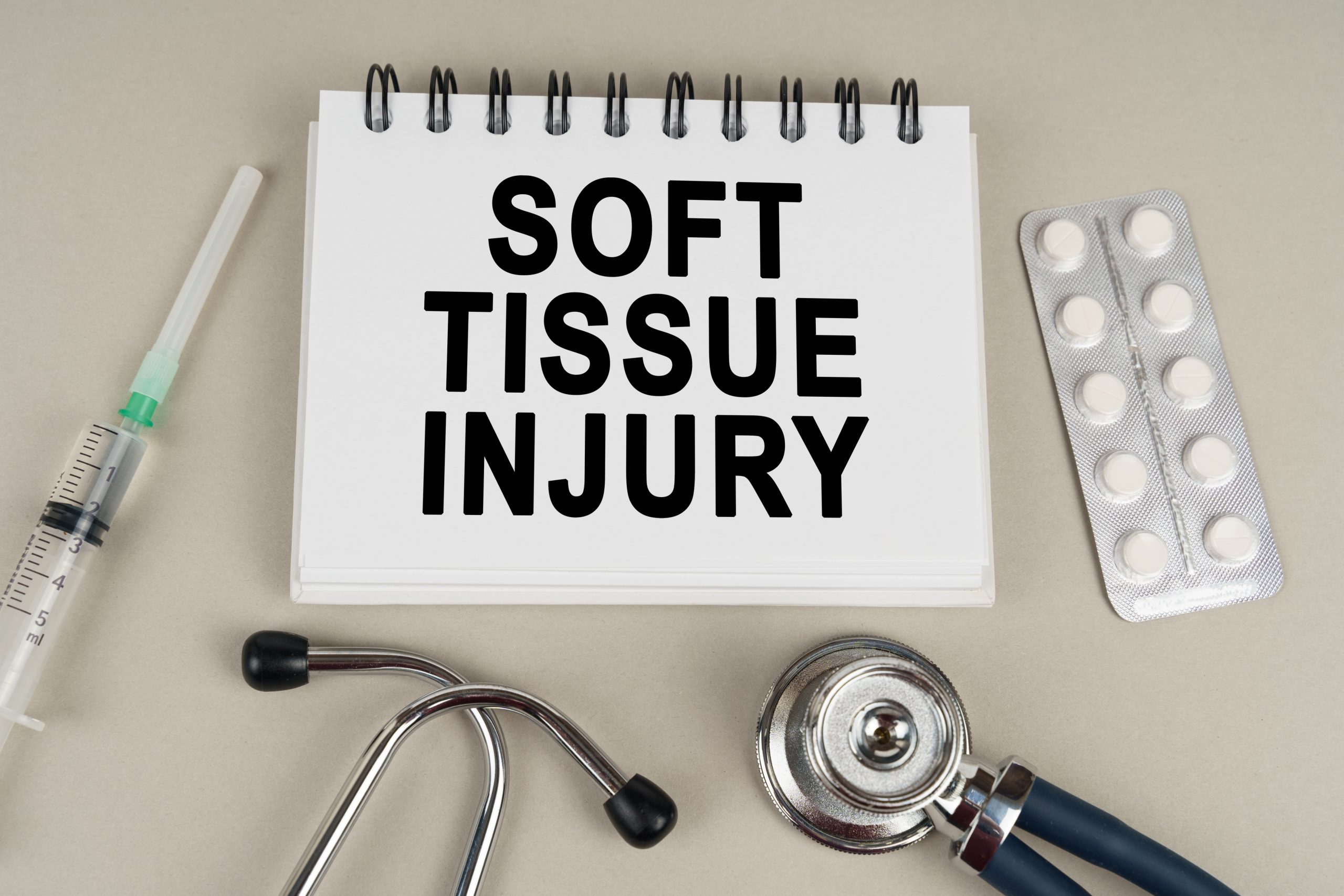Before beginning negotiations with the insurance adjuster, have a minimum amount of damages in mind for your settlement. Draft your demand letter with that number in mind, but do not disclose it to the insurance adjuster or any representative of the insurance company. When the insurance company makes an initial settlement offer, it is often a lowball offer to see whether you know what your case is actually worth. The insurance company believes that, by saying your case is only worth the initial amount, you will accept it at face value and be done with it. Make the insurance adjuster explain their reasoning for the lowball offer. If the claims adjuster makes good points about the offer, consider lowering the settlement amount that you would accept before drafting your response and possibly making a counter-offer in a letter.
Take Your Time
The insurance company knows that if they offer you a low settlement quickly, you might accept it because you do not have all the information that you would have if you took the time to do adequate research. For that reason, and because insurance claims adjusters have a lot of cases and are therefore busy with their work, they want to rush through their tasks to close as many cases as possible. Try to resist their persistent pushiness to get you to agree to their low settlement offer; instead, have patience. Wait until you receive all your receipts and estimates related to your accident. Wait until you’ve had the chance to get the necessary medical treatment and to understand the scope of the bodily damage you suffered as a result of the accident. Because you cannot renegotiate after you have signed an agreement, you should never agree to any settlement until you know the full scope and extent of your injuries and any future treatments or surgeries you may require.
Initial Offer
Sometimes the insurance company will send an initial offer to the injured party before receiving the demand letter to try and settle the matter. However, it is crucial to get an accurate valuation of your injury claim before signing any settlement document since it might not include fair compensation for all the harms and losses you suffered.
Reservation of Rights Letter
The reservation of rights letter is a letter sent from the insurance company to confirm receipt of the claim filed by the injured party. It acts as a binder while the investigation of the claim is underway. It describes what the policy covers and notifies the injured party that it has the right to make no compensation if it rejects the claim.
Demand Letter
If you are having trouble reaching the insurance company that you believe is responsible through other means, a demand letter is often an effective way to reach out. A personal injury attorney will usually send such a letter as a first step (should you choose to hire one), even before the company’s adjuster has made an offer. A demand letter should include all known damages and an estimate of future harms resulting from the injury. It should be short and professional and include a demand for a specific dollar amount.
Negotiating the Settlement Amount
Ideally, you would like to get the full amount demanded in your letter. Likely you will get less. How much less depends on your negotiating skills and the strength of your evidence. All negotiations involve compromise, but there are ways to come out on top. Before beginning, figure out the minimum settlement you will accept. Never tell the adjuster how low you are willing to go. Hopefully, you will never get to that point. If the adjuster’s settlement proposal never gets above your bottom line, or they flat out deny your claim, you have several options, including filing a lawsuit.
Responding to Unacceptable Counteroffers
When you call the adjuster back, stay calm and focused. Get them to justify their counteroffer. The adjuster will want to continue negotiating from the low amount they offered. It is a common negotiation tactic, so be ready and do not go along with it. Instead, go back to your original demand and negotiate down from there. Ask the adjuster to break down each reason they used to justify the amount of their counteroffer. Take notes. If the adjuster talks faster than you write, ask them to repeat or slow down. Settlement negotiations are serious business, and everything is important. Then say you need a few days to review the reasons.
How To Prepare a Rebuttal
In all your rebuttals, stress the fact that you never asked for this. You did not ask to be hurt, need medical treatment, or miss time from work. This is a major impact on your life, and all of it was caused by the insured’s negligence. Use the correct medical terms for your injuries and explain clearly how your life was affected. Tell the adjuster your pain and suffering are real, and your treatment records back it up. As part of your response, lower your demand slightly. Remember, you are negotiating down from your demand and not up from the adjuster’s counteroffer. Lowering your demand by small increments is the proper way to negotiate. So long as you are willing to compromise, the adjuster should continue negotiating. Once you have lowered your demand, do not call the adjuster back right away and lower it again. Wait until you get a response. If you drop your demand before the adjuster has a chance to respond, you will be negotiating against yourself. A good negotiation strategy is to wait a bit after you get an offer. Allow a reasonable amount of time to consider the offer before responding with your counteroffer. You do not want the adjuster to think you are in a hurry. Take detailed notes during every round of settlement negotiations, including the date of each discussion, the amounts offered, and the adjuster’s arguments and reasons for their counteroffers.
Finalizing the Insurance Settlement and Release
After a few rounds of settlement discussions with the adjuster, you should reach a compromise on the amount the insurance company will pay to settle your personal injury claim. Write down everything you agreed on, and the date you negotiated the final settlement. Follow up by letter or email to confirm the amount and terms of the agreement. Do not settle unless you are fully recovered, or the negotiated settlement amount is enough to cover all your future treatment. If you settle and later need additional treatment, you cannot reopen the claim or ask for more money. Read the official settlement and release very carefully. Make sure it matches up with the agreement you made with the claims adjuster. The release is a legally binding document, and it is up to you to know what you are signing. The settlement check process begins after you sign and return the release agreement. Keep in mind that there is almost always a confidentiality clause included. Once you sign the settlement agreement and endorse the check, your case outcome is final.



